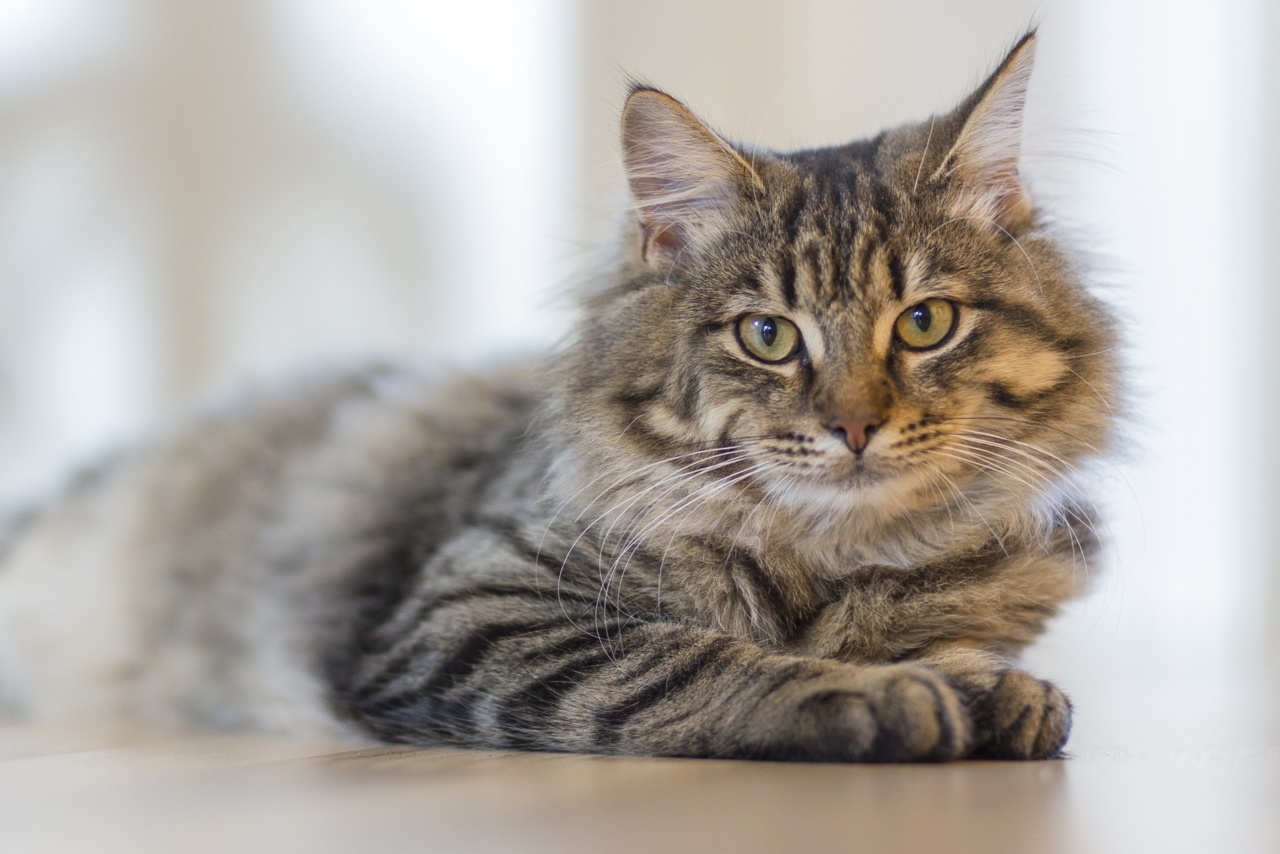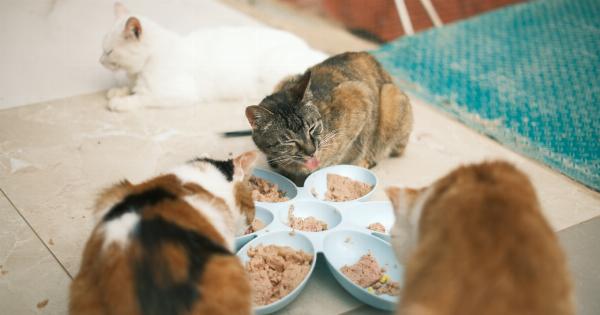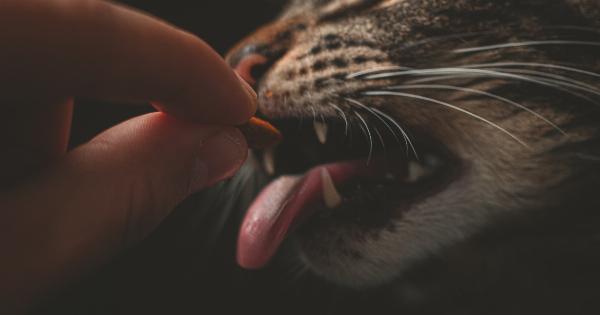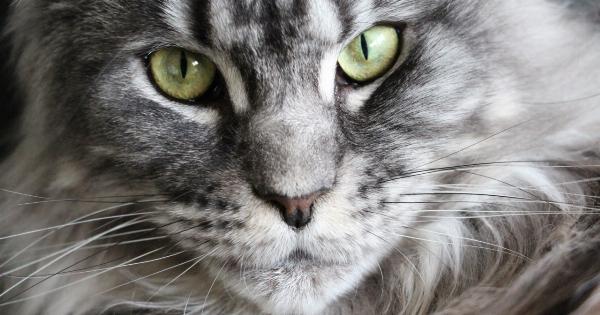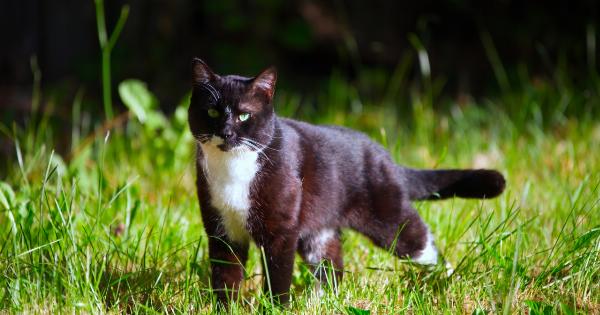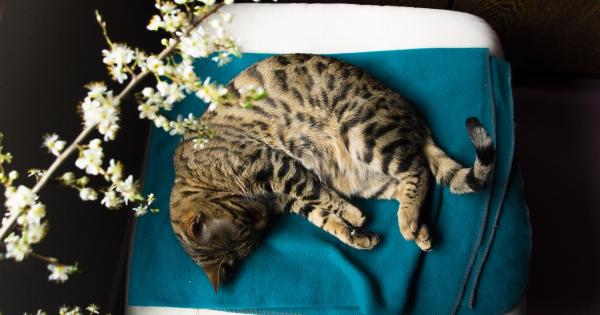Cats make wonderful companions, bringing joy and warmth to our lives. Like any other living beings, they are prone to various health issues.
Understanding the common diseases that can affect your feline friend is crucial in providing them with the care they need. In this article, we will discuss 9 cat illnesses that pose a significant threat to their health and wellbeing.
1. Feline Upper Respiratory Infection (URI)
Feline Upper Respiratory Infection, also known as the ‘cat flu,’ is a highly contagious illness that affects the upper respiratory system of cats. Common symptoms include sneezing, coughing, runny nose, and fever.
The infection is most commonly caused by viral pathogens, such as Feline Herpesvirus and Feline Calicivirus. Prompt veterinary care, supportive treatment, and vaccination can help prevent severe complications.
2. Feline Leukemia Virus (FeLV)
FeLV is a contagious viral disease that weakens the immune system of cats, making them more susceptible to infections, anemia, and even cancer. The virus is mainly transmitted through prolonged contact with infected cats.
Common symptoms include weight loss, poor appetite, lethargy, and recurrent infections. Regular vaccination, early detection, and prevention of exposure are crucial in managing FeLV.
3. Feline Immunodeficiency Virus (FIV)
FIV is a viral infection that affects the immune system of cats, similar to human immunodeficiency virus (HIV). It is mainly transmitted through deep bite wounds inflicted during fights with infected cats.
Common symptoms include weight loss, decreased appetite, dental problems, and recurrent infections. While there is no cure for FIV, early detection, supportive care, and preventing exposure to infected cats can help manage the disease.
4. Feline Diabetes Mellitus
Feline Diabetes Mellitus is a metabolic disorder characterized by high blood sugar levels due to insufficient insulin production or insulin resistance. Obesity, sedentary lifestyle, and a high-carbohydrate diet are significant risk factors.
Common symptoms include increased thirst, excessive urination, weight loss, and lethargy. Treatment involves insulin administration, dietary changes, and weight management.
5. Feline Lower Urinary Tract Disease (FLUTD)
FLUTD refers to a group of conditions affecting the urinary bladder and urethra in cats. Common causes include urinary tract infections, bladder stones, and inflammation.
Symptoms may include straining to urinate, blood in the urine, urinating outside the litter box, and increased frequency of urination. Timely veterinary care, dietary changes, and environmental enrichment can help alleviate FLUTD.
6. Feline Panleukopenia (Feline Distemper)
Feline Panleukopenia, commonly known as Feline Distemper, is a highly contagious viral disease that affects the gastrointestinal tract, bone marrow, and immune system.
Kittens are particularly vulnerable and can suffer from severe complications or death. Symptoms include fever, vomiting, diarrhea, lethargy, and dehydration. Vaccination is highly effective in preventing this potentially fatal disease.
7. Feline Heartworm Disease
Feline Heartworm Disease is caused by parasitic worms that infest the heart and lungs of cats through mosquito bites. Though less common in cats than dogs, it can lead to severe respiratory distress, heart failure, and even death.
Symptoms may include coughing, labored breathing, weight loss, and fatigue. Preventive measures, such as regular heartworm medication, reducing exposure to mosquitoes, and indoor living, are vital to protecting your cat.
8. Feline Infectious Peritonitis (FIP)
Feline Infectious Peritonitis is a viral disease caused by certain strains of feline coronavirus. It affects multiple organs and can be challenging to diagnose definitively.
The disease can manifest in various forms, including effusive (wet) and non-effusive (dry) forms. Common symptoms include fever, weight loss, fluid accumulation in the abdomen or chest, and jaundice. There is currently no cure for FIP, but supportive care can enhance the quality of life.
9. Feline Hyperthyroidism
Feline Hyperthyroidism is a hormonal disorder caused by the overproduction of thyroid hormones. It mainly affects older cats and can have significant systemic effects.
Common symptoms include weight loss, increased appetite, restlessness, excessive thirst, and vomiting. Treatment options may include medication, dietary changes, radioactive iodine therapy, or surgery.
By being aware of these common cat illnesses, you can take proactive steps to protect your furry friend’s health.
Regular veterinary check-ups, vaccinations, a balanced diet, and providing a stress-free environment can go a long way in preventing and managing these illnesses. Remember, the wellbeing of your beloved cat is in your hands.
